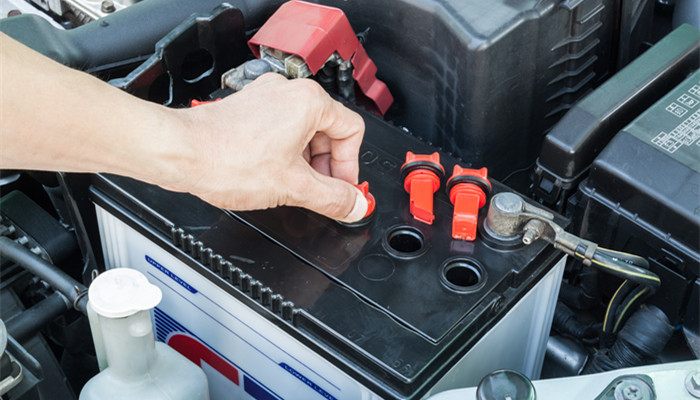
Lithium iron manganese phosphate has excellent comprehensive properties and the industrialization process is expected to continue to accelerate in the future.
Lithium iron manganese phosphate, referred to as LiMnxFe1-xPO4, LMFP, refers to an olive-shaped structure solid solution based on lithium iron phosphate and mixed with a certain proportion of manganese. Lithium iron manganese sulfate is a composite of lithium iron phosphate (LEP) and lithium manganese phosphate (LMP). It has a similar structure to the two, but has advantages in cost, voltage, specific capacity, energy density, safety, stability, etc. It has higher advantages and can be used as a new cathode material for phosphate lithium-ion batteries.
Cathode material is the most critical type of material for lithium-ion batteries. Its cost accounts for up to 40% of the total cost of lithium battery materials. Currently, the domestic lithium battery cathode market is divided between ternary lithium batteries and LEP (lithium iron phosphate) batteries. Benefiting from the rapid development of the electric vehicle and energy storage markets, the domestic LEP battery market share has exceeded the share of ternary lithium batteries in 2022, and lithium iron phosphate has become the fastest-growing cathode material in the lithium battery cathode market.
Lithium iron manganese phosphate is an upgraded material for lithium iron phosphate. In the future, under the background of accelerating its industrialization process, the lithium battery cathode industry structure will be subverted. Compared with ternary lithium batteries, lithium iron manganese phosphate batteries have more stable performance, higher safety, and lower cost; compared with lithium iron phosphate, lithium iron manganese phosphate batteries have a higher voltage platform, higher energy density, Longer life. At the same time, the preparation route of lithium iron manganese phosphate is similar to that of lithium iron phosphate, mainly including high-temperature solid phase method, carbon reduction method, solvothermal method, sol-gel method, co-precipitation method, etc. The technical principle is to combine lithium compounds, phosphorus compounds, iron Compounds, manganese compounds, etc. are mixed and chemically reacted under specific conditions to produce lithium iron manganese phosphate.
According to the “Research Report on Market Monitoring and Future Development Prospects of China’s Lithium Iron Manganese Phosphate Industry from 2023 to 2027” released by the Industrial Research Center It shows that currently lithium iron manganese phosphate has become an important strategic direction for the development of many domestic and foreign companies, and the industrialization layout is constantly accelerating. Nowadays, there are Phylion Power, Tianneng, Weilai, BYD, China New Aviation, CATL, Guoxuan Hi-Tech, Ruiplanjun, Funeng Technology, Honeycomb Energy, Hengchuang Nano, Defang Nano, etc. Many companies have entered the lithium iron manganese phosphate market.
Among them, Phylion Power and Tianneng are at the forefront of the market. Tianneng’s 18650 lithium manganese iron phosphate battery has been successfully used in Mavericks F0 series electric vehicles. Phylion has launched a hybrid monocrystalline lithium manganate + manganese phosphate. LONG life-long lithium battery product made of a mixture of iron and lithium materials. In addition, in January 2023, the first phase of Hengchuang Nano’s annual output of 5,000 tons of lithium iron manganese phosphate cathode material project was officially put into production; in March 2023, the German Nano’s annual output of 110,000 tons of lithium iron manganese phosphate project was put into operation, and the production capacity has been Entering the climbing phase.
Industry analysts said that in the future, under the background of the continuous acceleration of the R&D and production processes of local enterprises, the industrialization process of my country’s lithium iron manganese phosphate is expected to Continuing to accelerate, the industry shows good development prospects. But at the same time, the industrialization process of lithium iron manganese phosphate is also limited by disadvantages such as difficult processing technology, high production line construction costs, poor conductivity, low compaction density, and low number of cycles. The industry still has huge room for growth in the future.

 微信扫一扫打赏
微信扫一扫打赏

